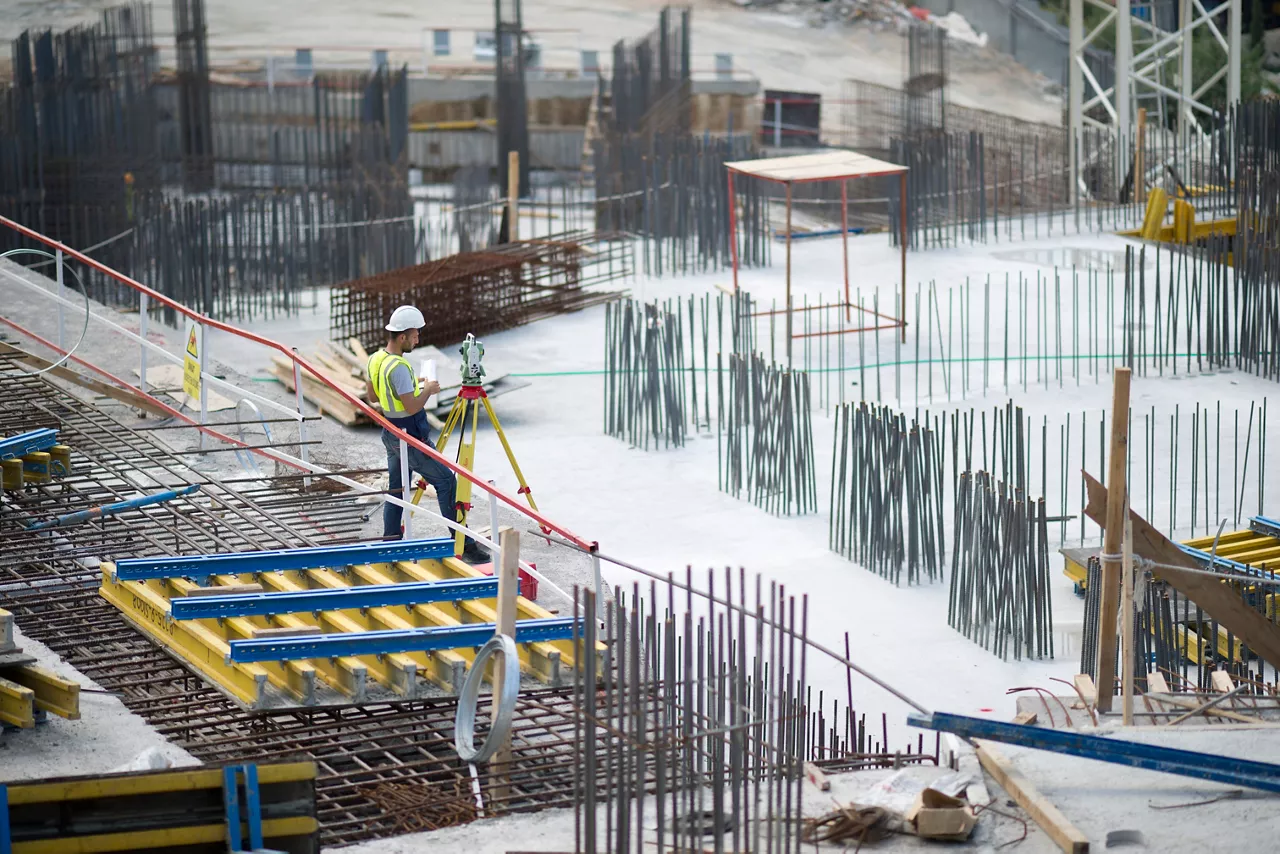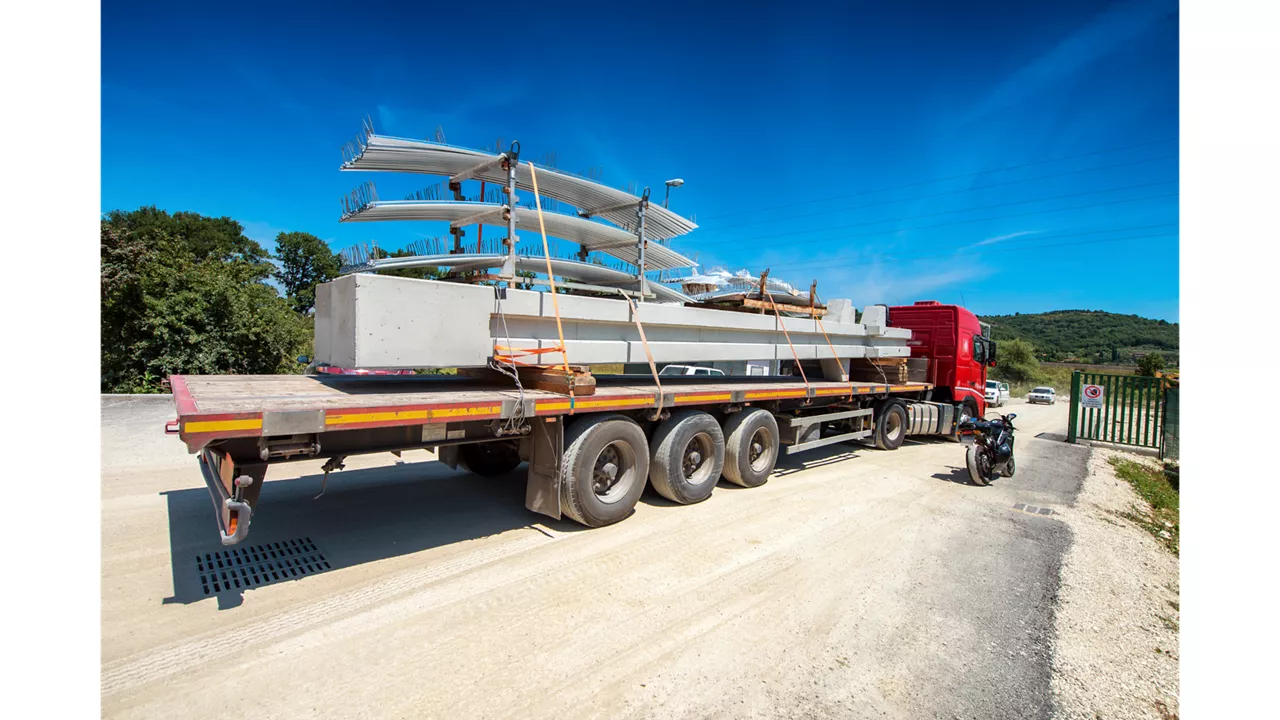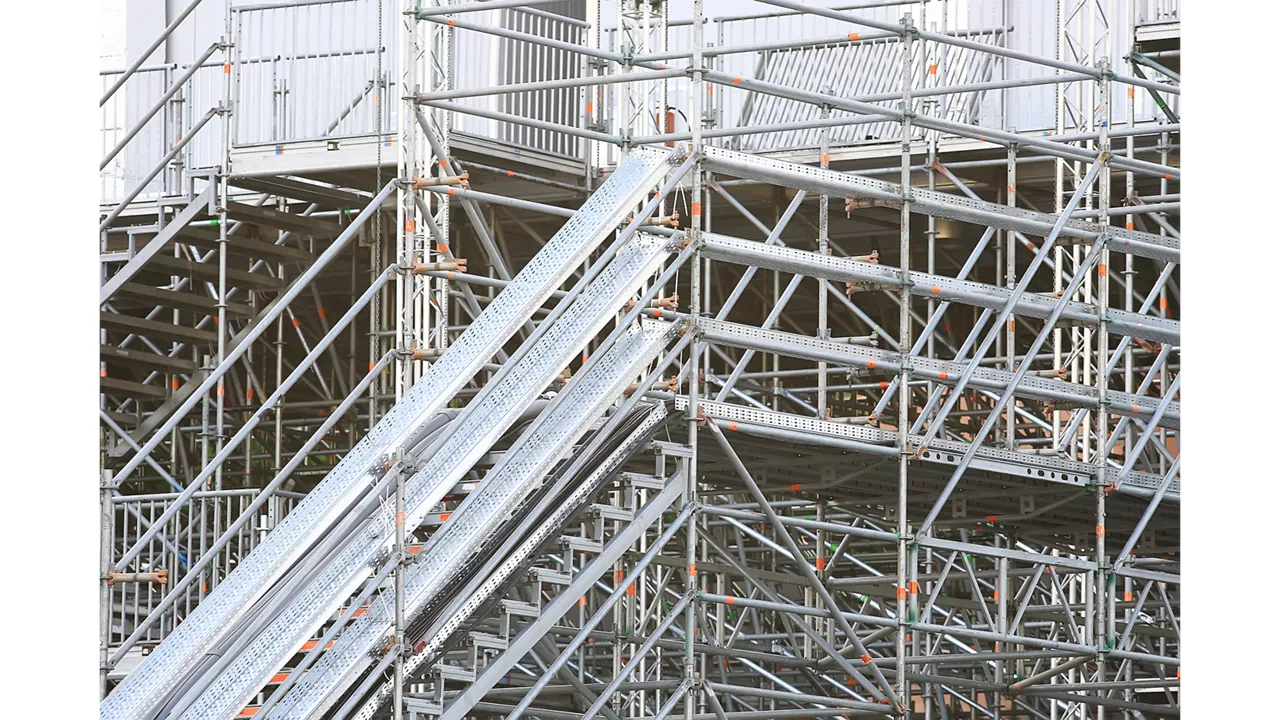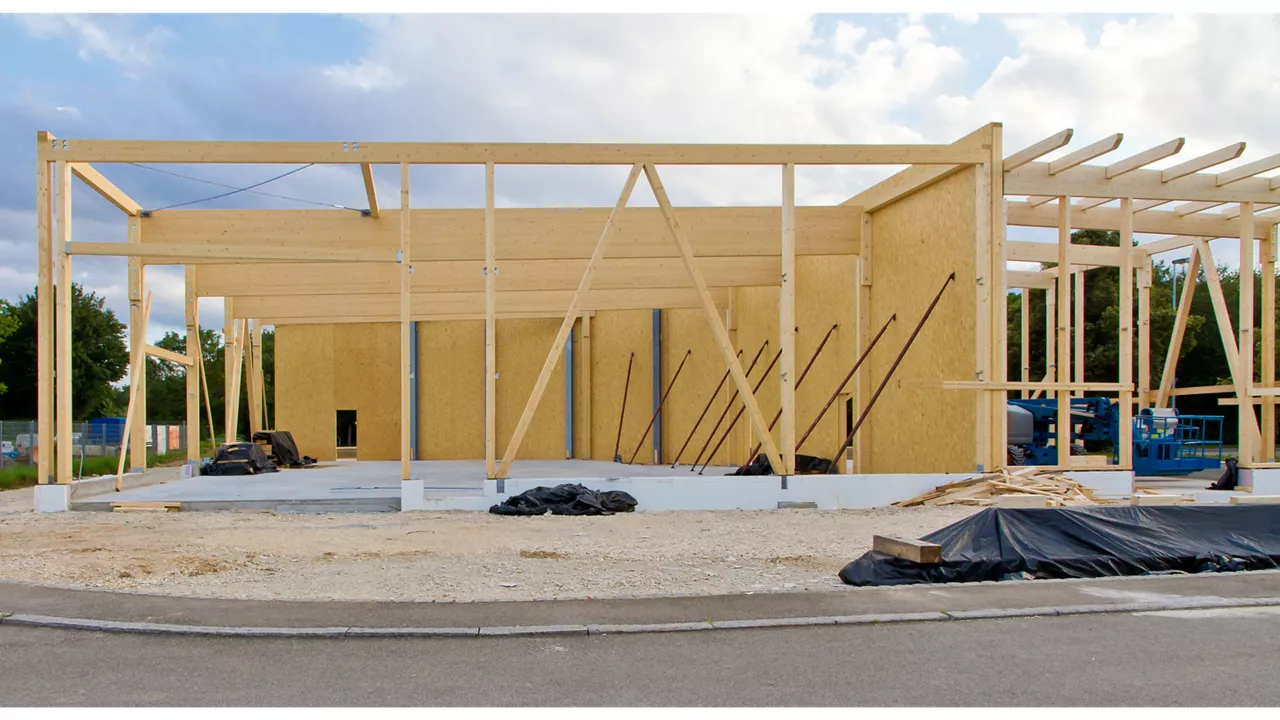
The construction industry is undergoing constant changes due to innovations. The industry is reshaping and reimagining itself through new and sustainable ways to execute designs. Prefabricated construction is also one of the innovations responsible for a new wave of creativity in the industry.
The prefabrication process entails meticulously crafting modules in a controlled factory environment to ensure quality control. These segments are then transported to the construction site for assembly. Prefabricated homes vary in size and style, catering to diverse architectural preferences.

Though this technique is appreciated for being cost-effective, efficient, and sustainable, some misconceptions prevail about the same. In this blog, we will be debunking a few myths related to prefabricated structures.
Myth #1: Uninteresting designs
Since prefabricated structures are constructed in factories and away from construction sites, many believe them to be generic and uninteresting. However, through preconstruction, architects can explore a diverse range of design options, pushing the boundaries of innovation and personalization. Prefabrication not only expands the horizons of architectural ideation but also enables the creation of designs that are uniquely tailored to individual preferences and needs.
Myth #2: Substandard quality
Often, prefabricated structures are considered low quality compared to traditional homes. On the contrary, the factory environment provided for prefabricated structures meticulously follows measures to maintain high standards of quality and eliminate the scope of error. In addition, these structures are energy efficient with better structural integrity compared to traditional construction. This also leads the prefabricated structure to surpass the quality of traditional homes.

Myth #3: Suitable for small projects
Since prefabricated structures are built away from the site, many believe it's suitable for small scale structures. On the contrary, prefabricated structures are highly scalable and can be integrated with multi-story structures. Architects leverage prefabrication techniques to execute a diverse array of designs, offering unparalleled flexibility in realizing innovative architectural visions across various scales and complexities.
Myth #4: Inflexible floor plans
Many home builders grapple with the decision to adopt prefabrication, often hindered by the misconception that it limits them to rigid floor plans. However, the truth is that numerous manufacturers provide a wide range of floor plan options tailored to individual preferences. This not only allows home buyers the flexibility to customize layouts but also empowers them to add or remove rooms and select from a multitude of additional options, ensuring their new home perfectly suits their unique needs and desires.

Myth #5: Financing issues
Another prevailing misconception surrounding prefabrication relates to financing challenges. There's a widespread belief that securing financing for prefabricated structures is difficult. However, financial institutions are increasingly becoming aware of the benefits of prefabricated construction. Consequently, financing these projects is not as daunting as commonly perceived. In fact, many institutions now offer mortgage products specifically tailored for prefabricated homes, addressing any potential financing hurdles and making it easier for individuals to invest in these innovative housing solutions.
Prefabricated construction represents a significant advancement in the building industry, offering numerous benefits including cost-effectiveness, efficiency, and sustainability. However, several myths persist regarding its design flexibility, quality, scalability, and financing. By debunking these misconceptions, professionals can foster greater acceptance of prefabricated structures among home builders and clients alike. Embracing prefabrication not only opens doors to innovative design possibilities but also contributes to a more sustainable future in construction. As the industry continues to evolve, it's imperative that we embrace new technologies and methodologies like prefabrication to meet the demands of modern construction while addressing environmental concerns.
To find construction materials made with sustainable elements and connect with reliable professionals, visit our website now!
Subscribe and stay updated!
Get all the updates on our latest articles and client stories. Subscribe now!



